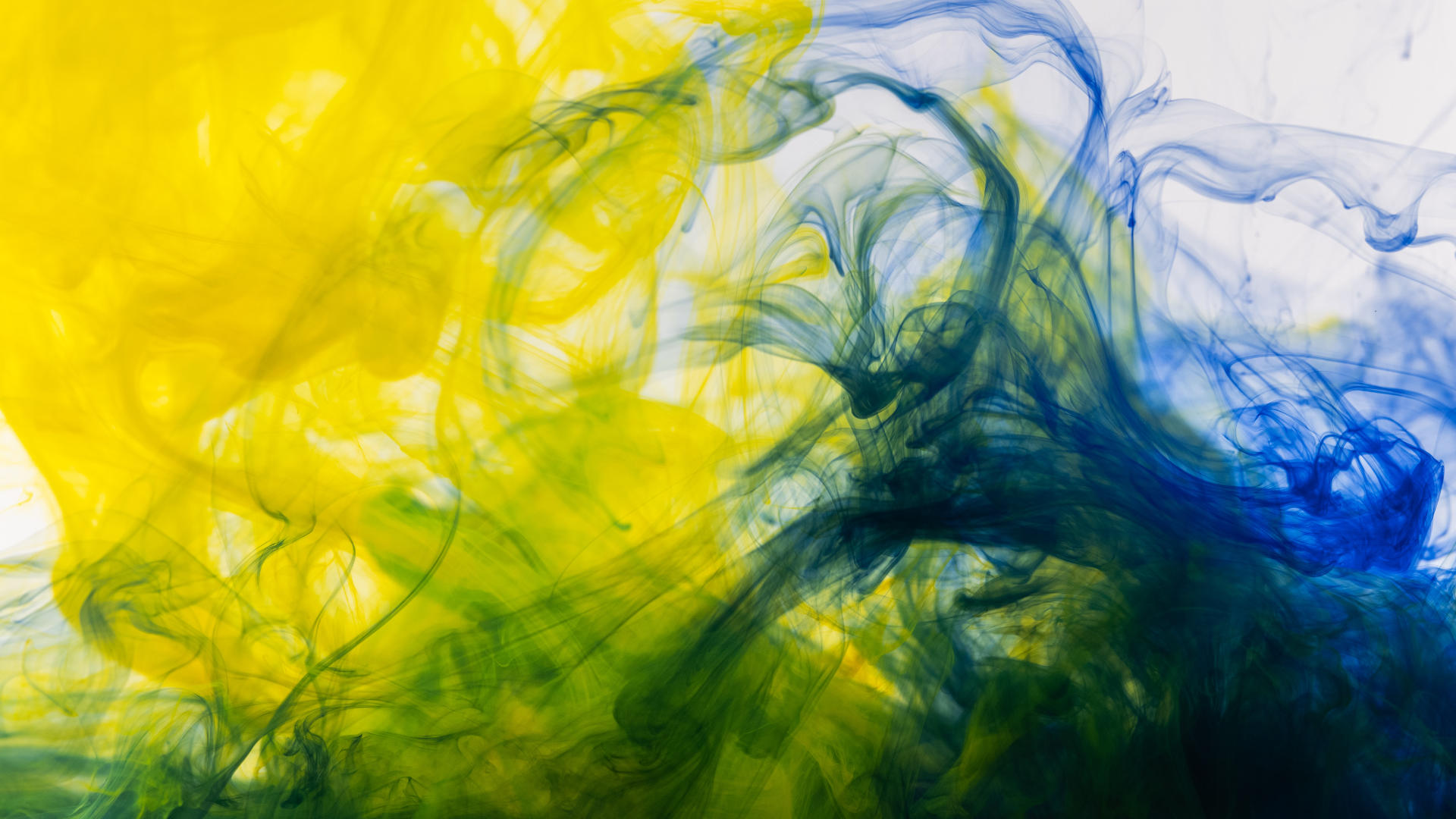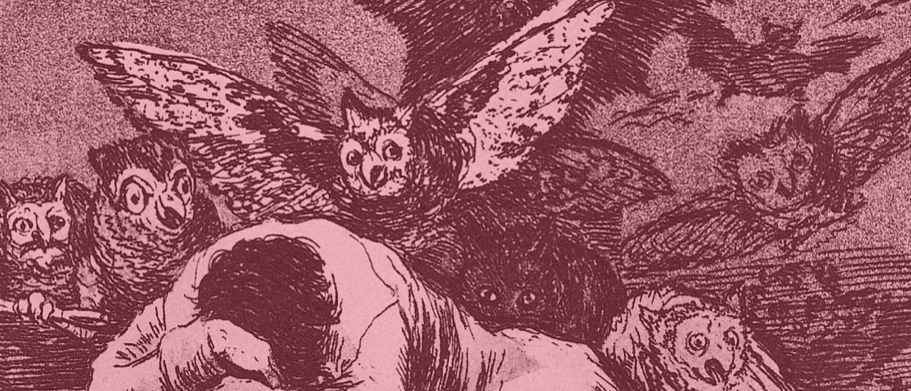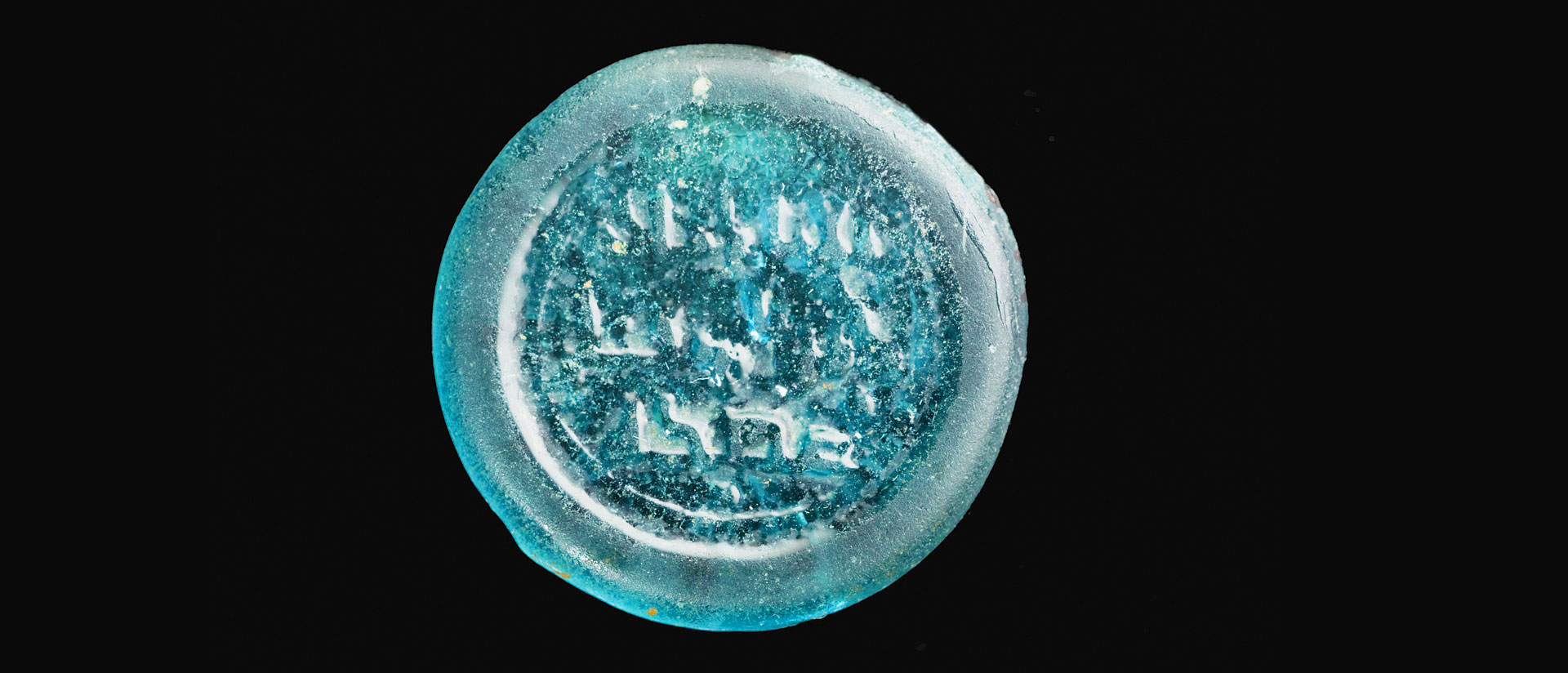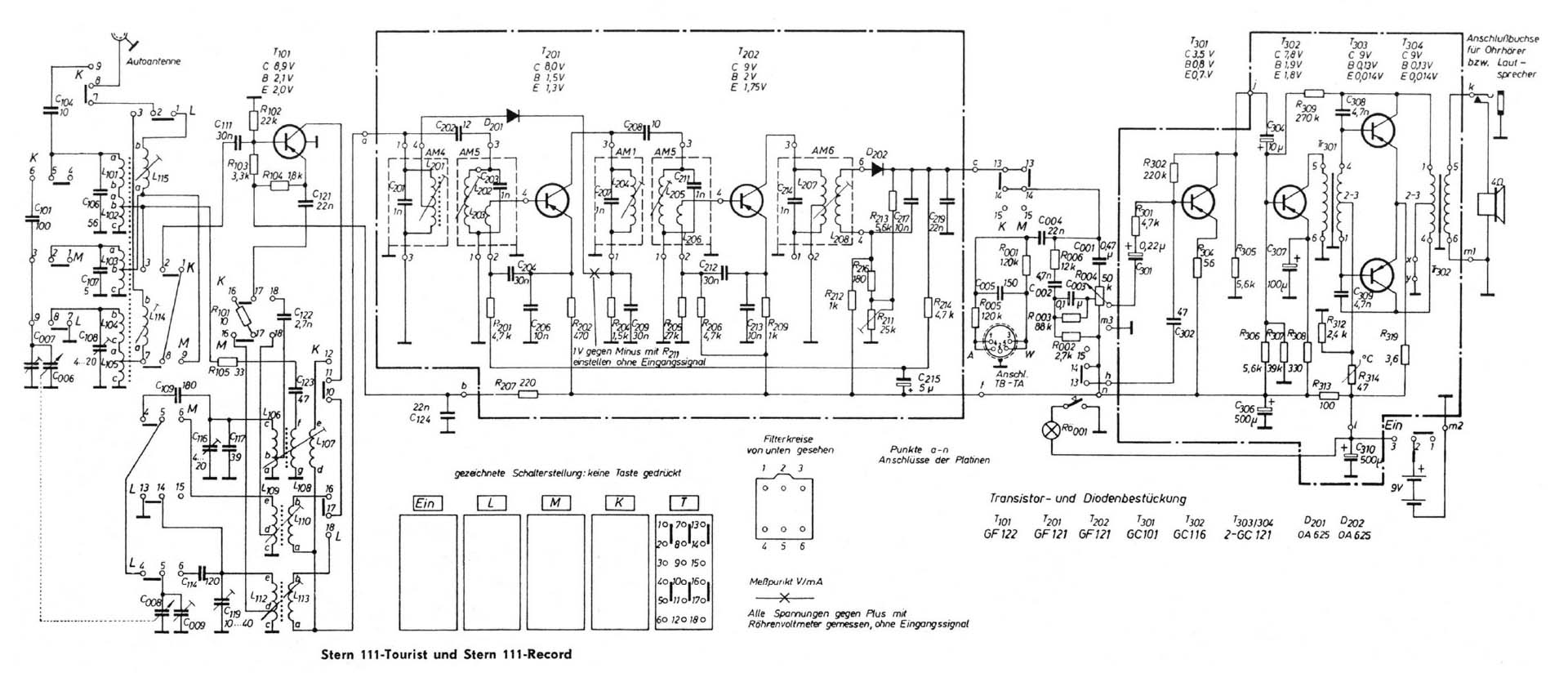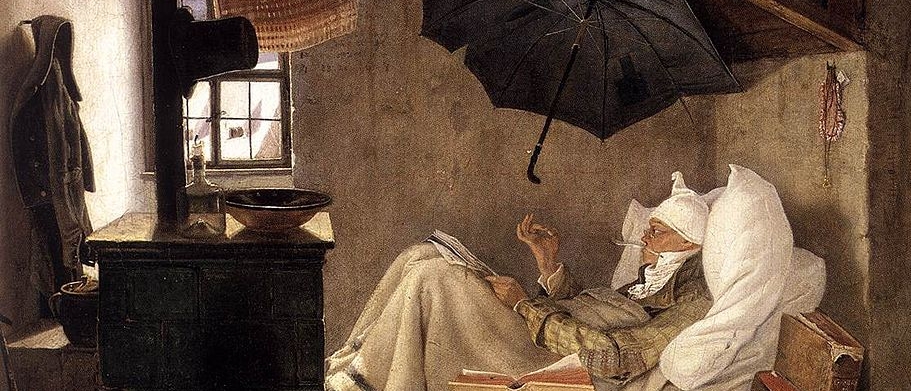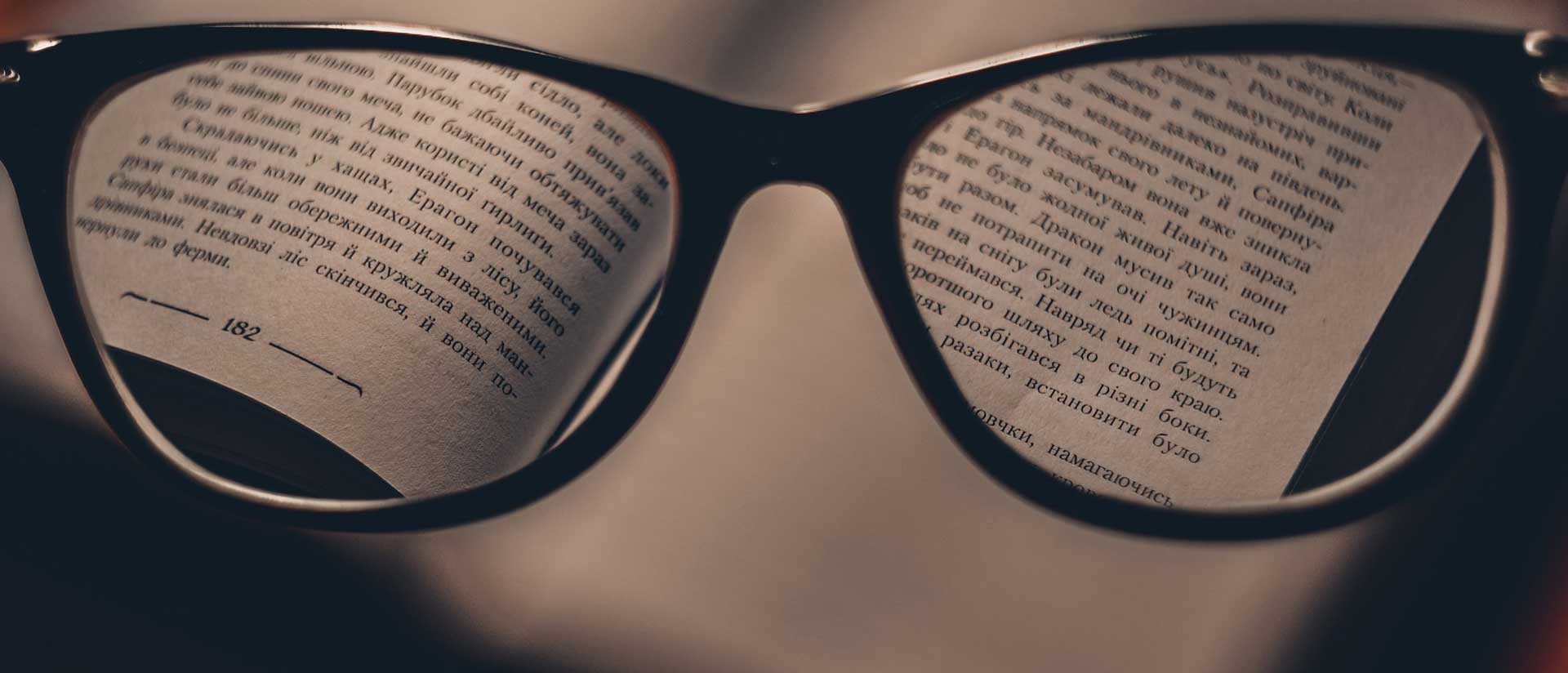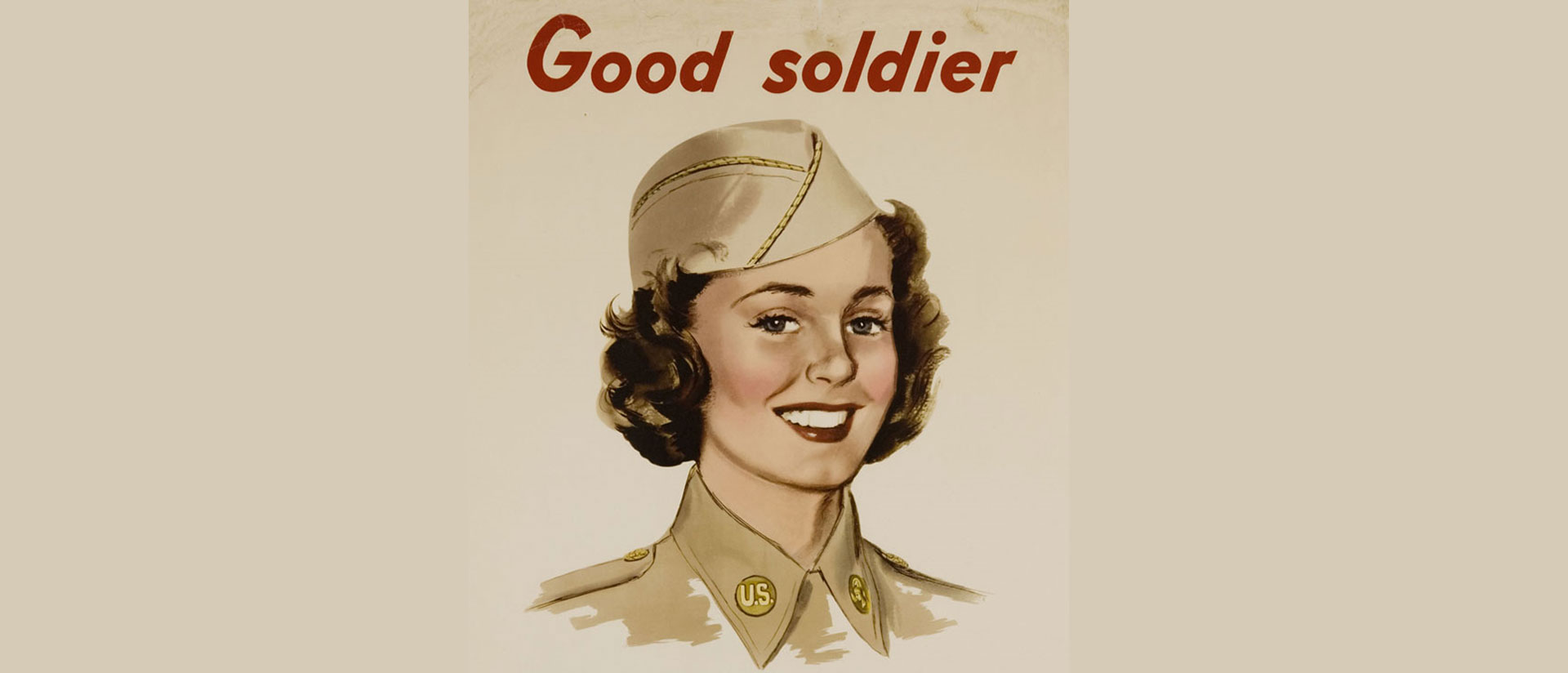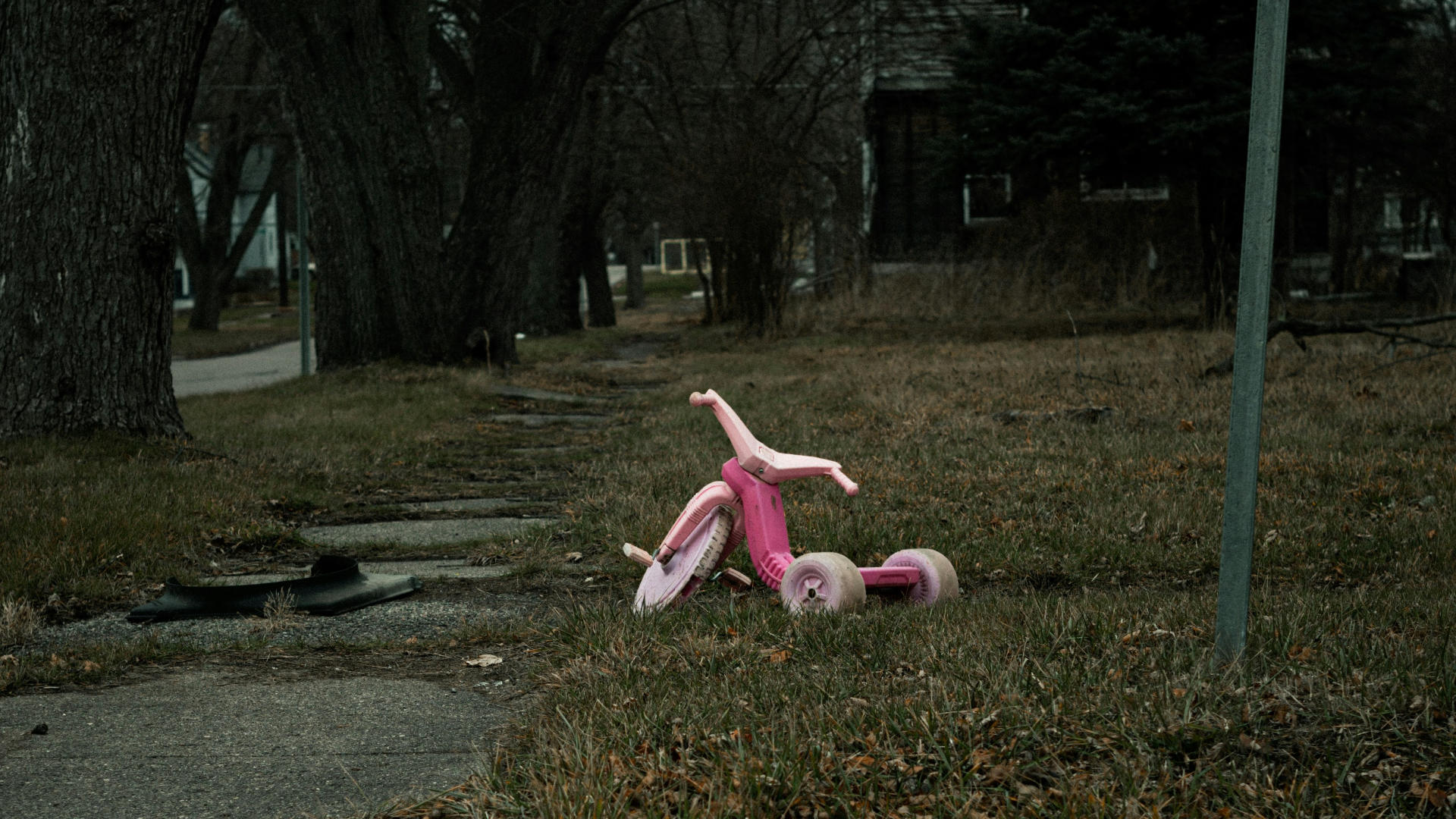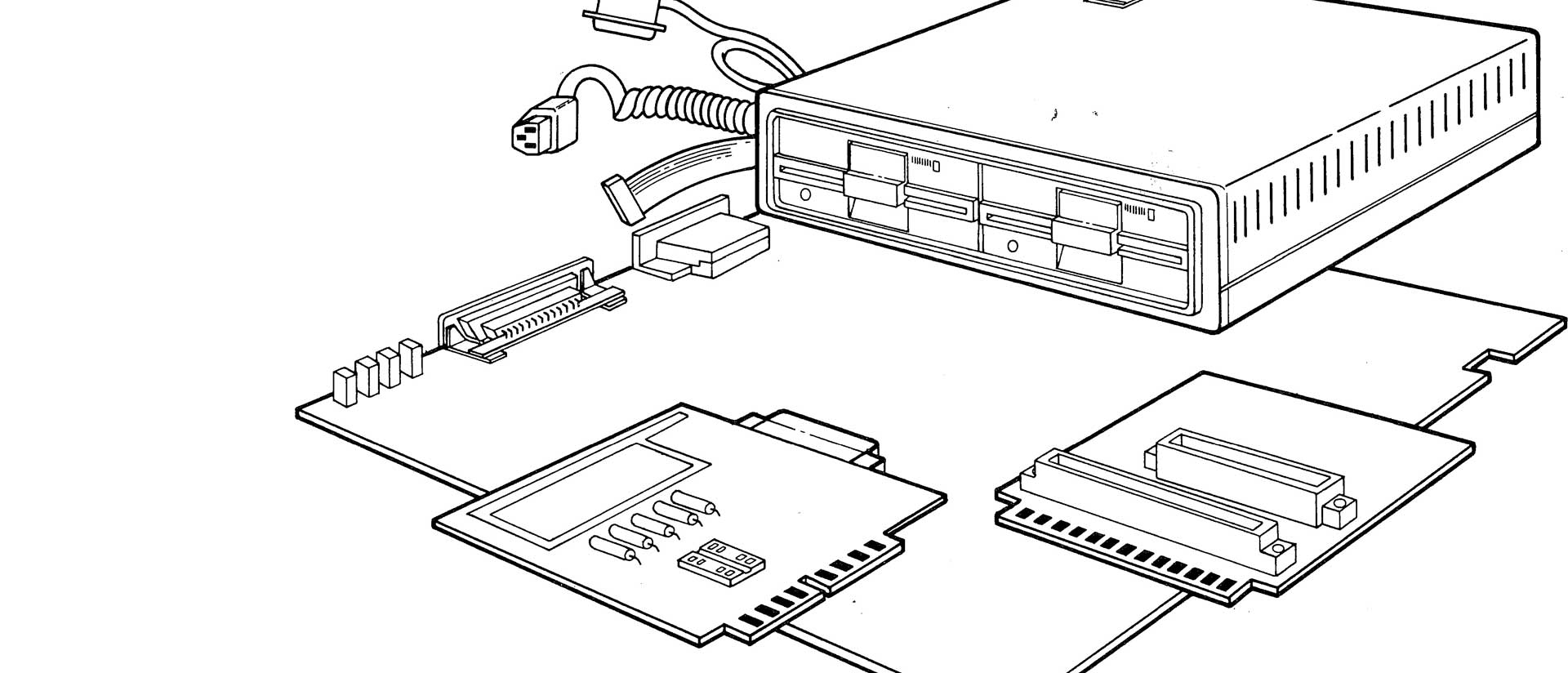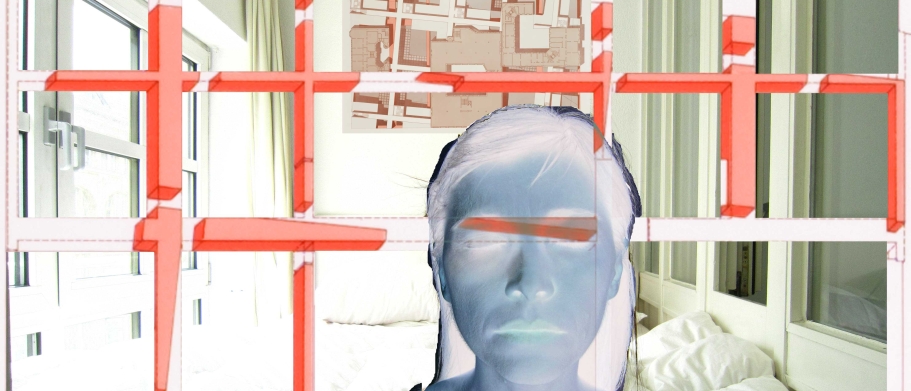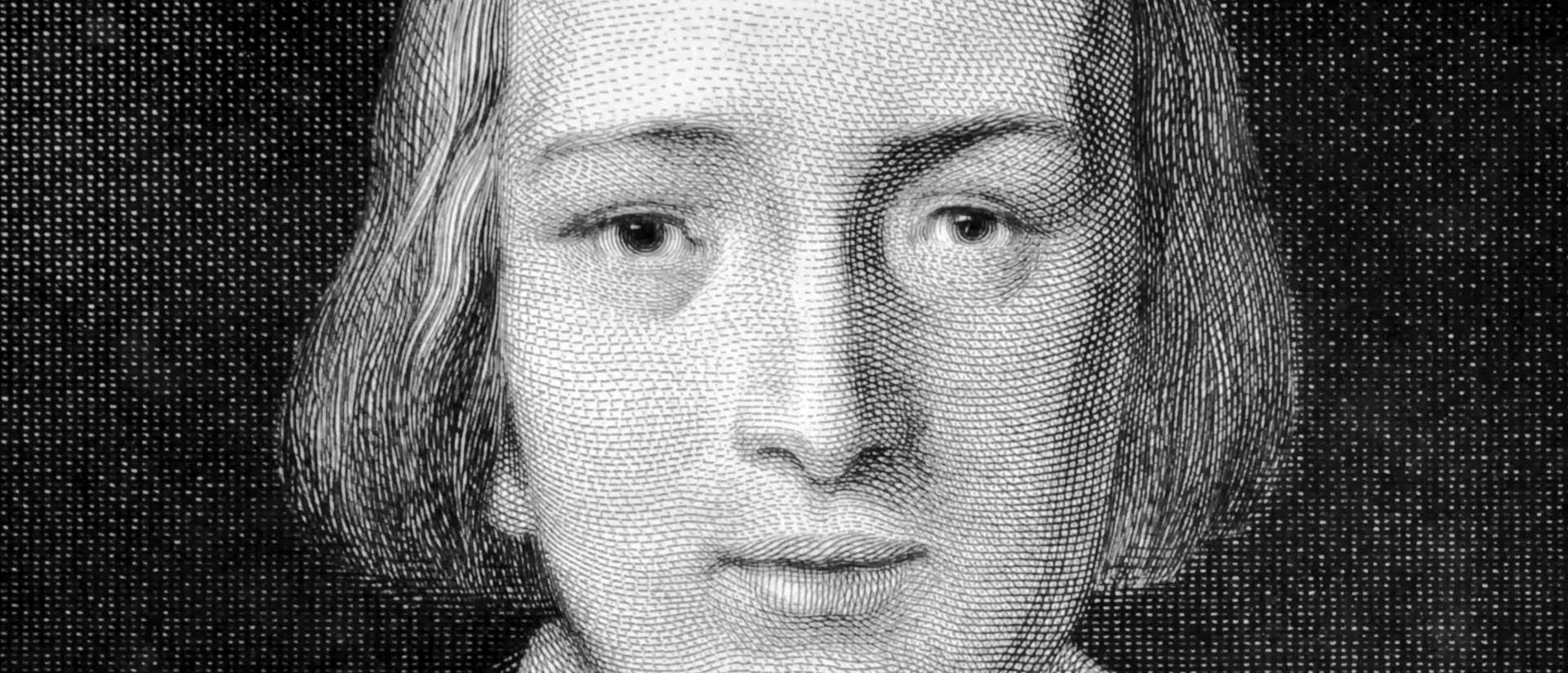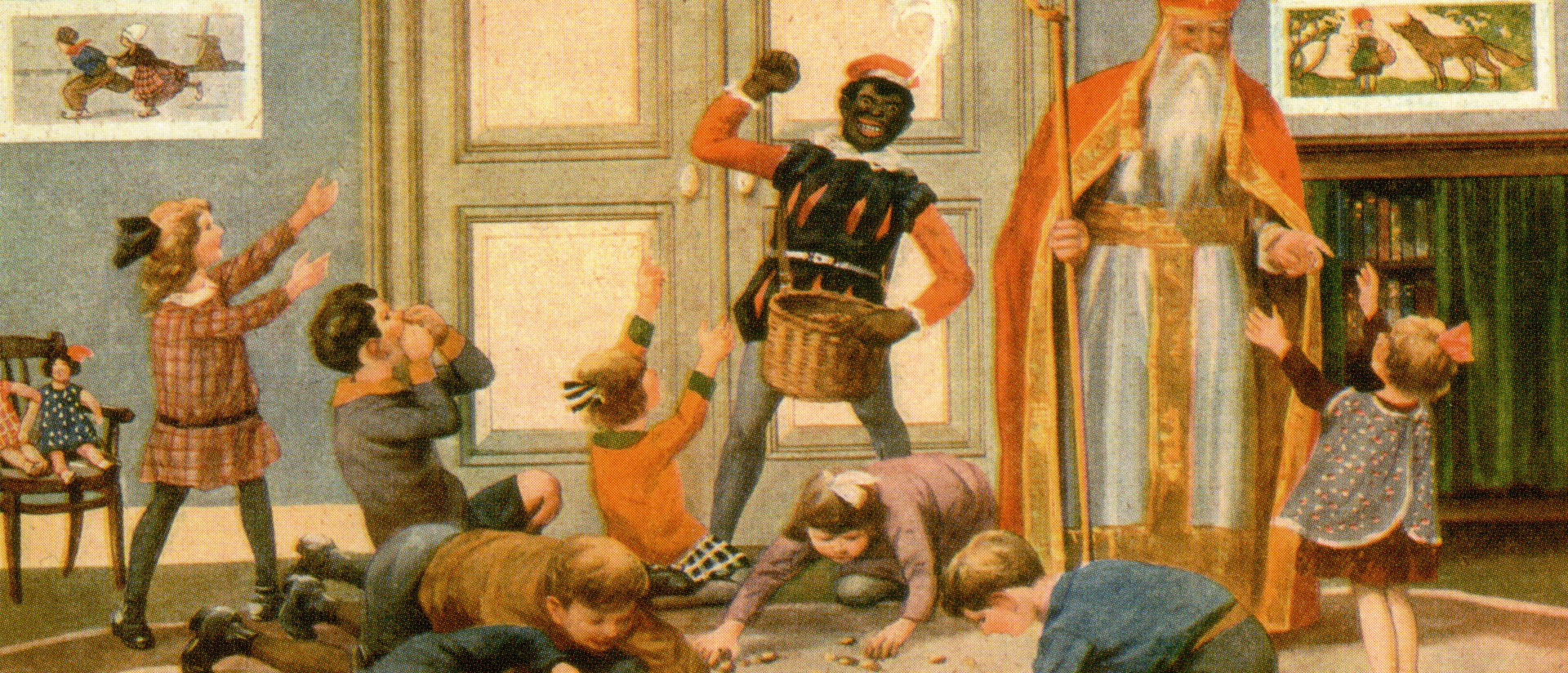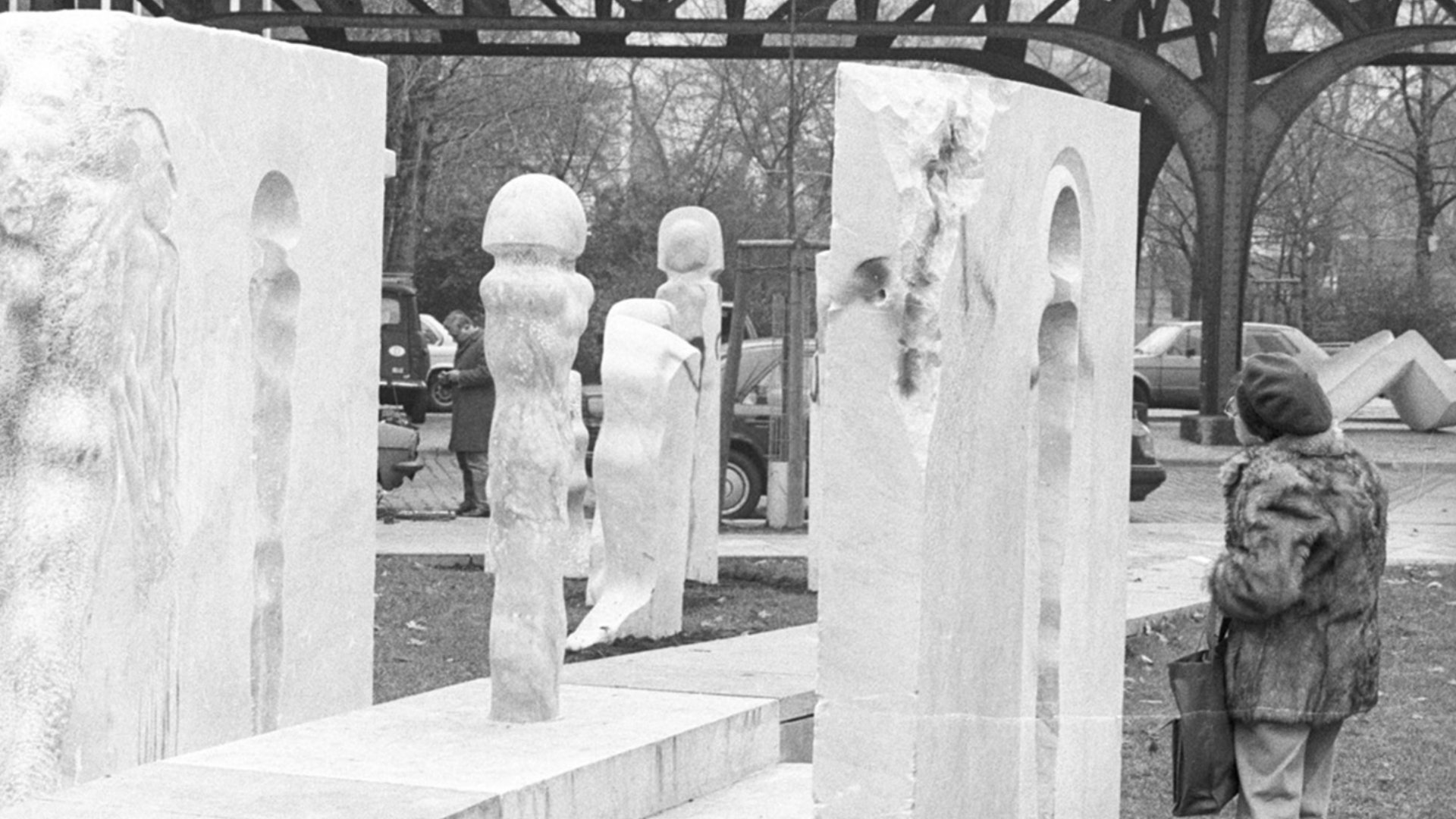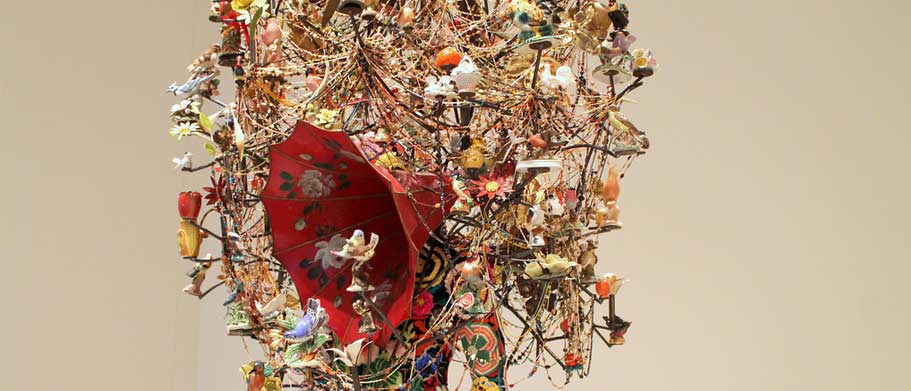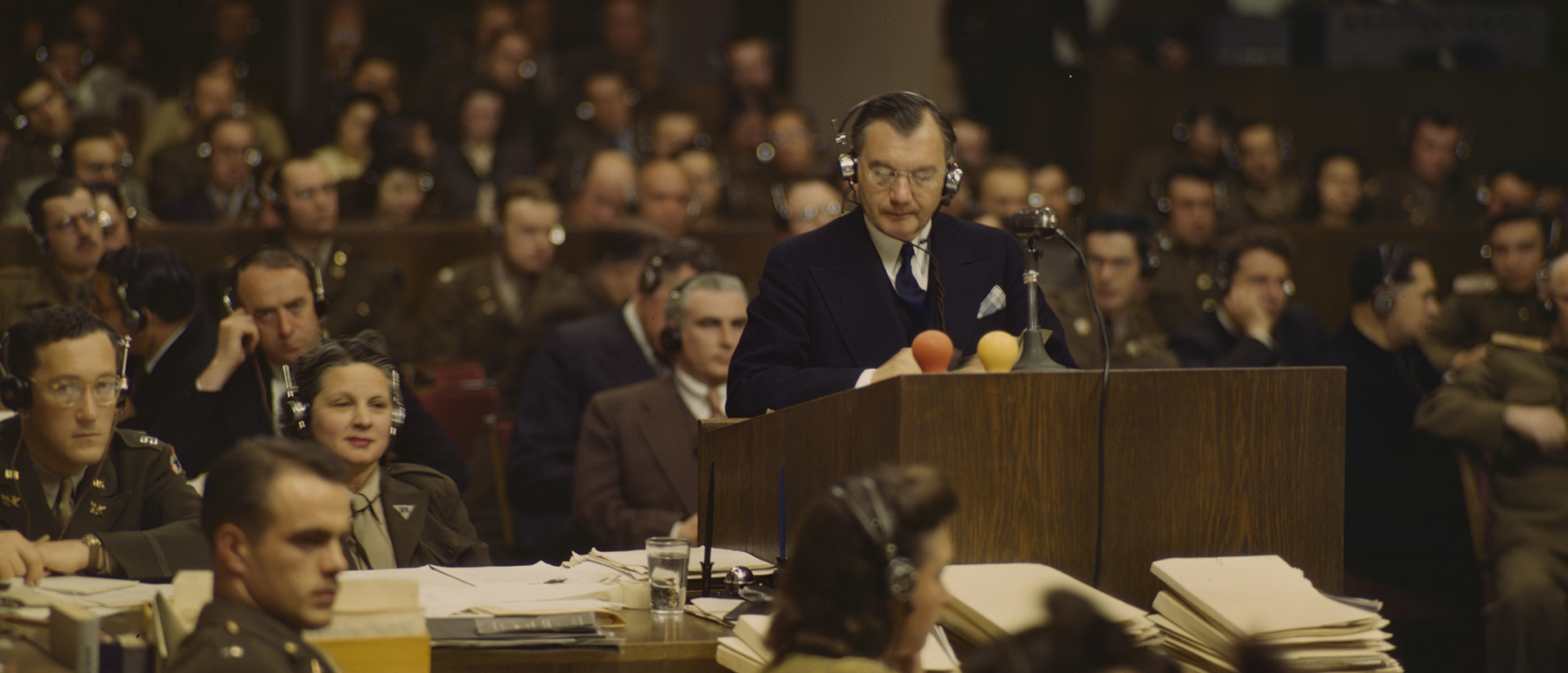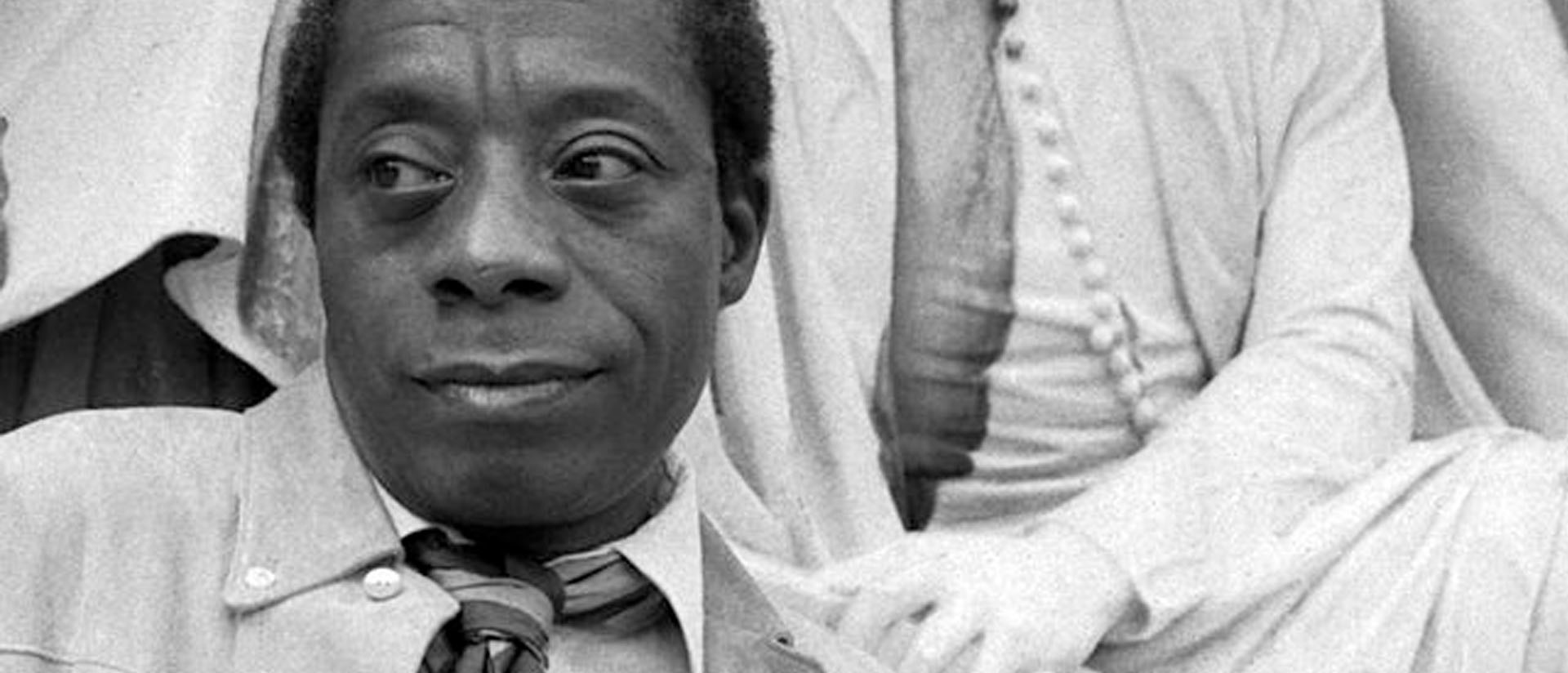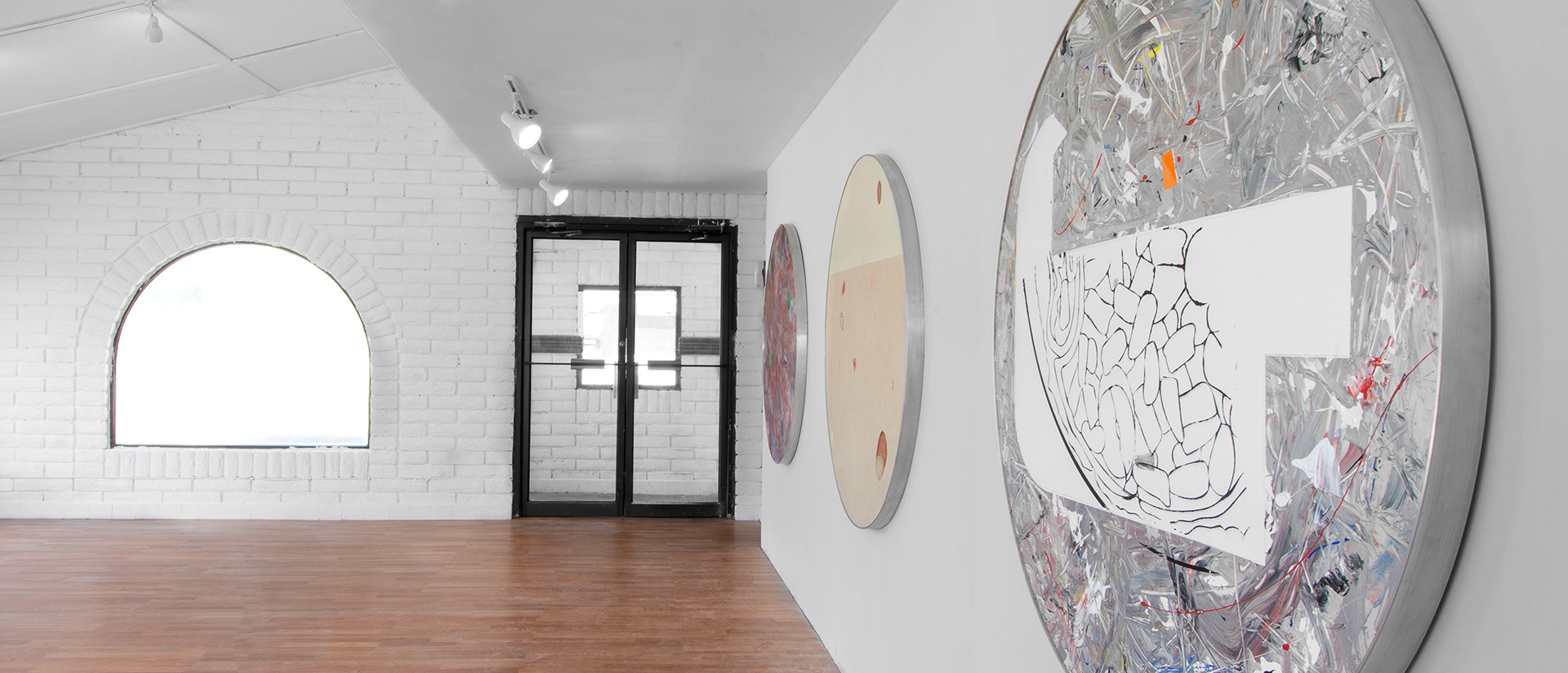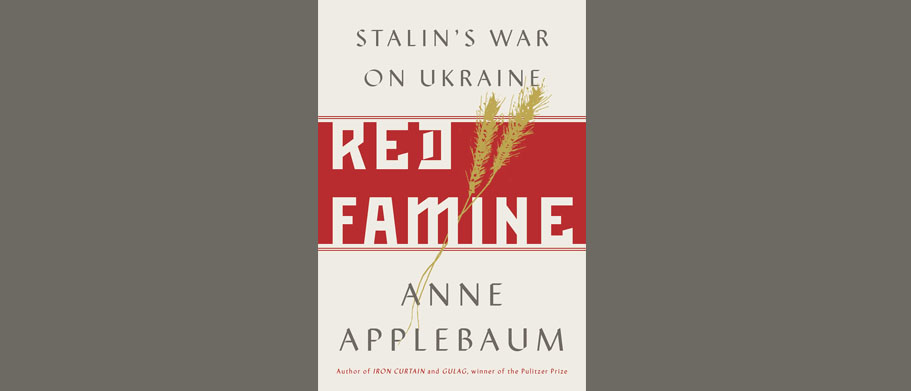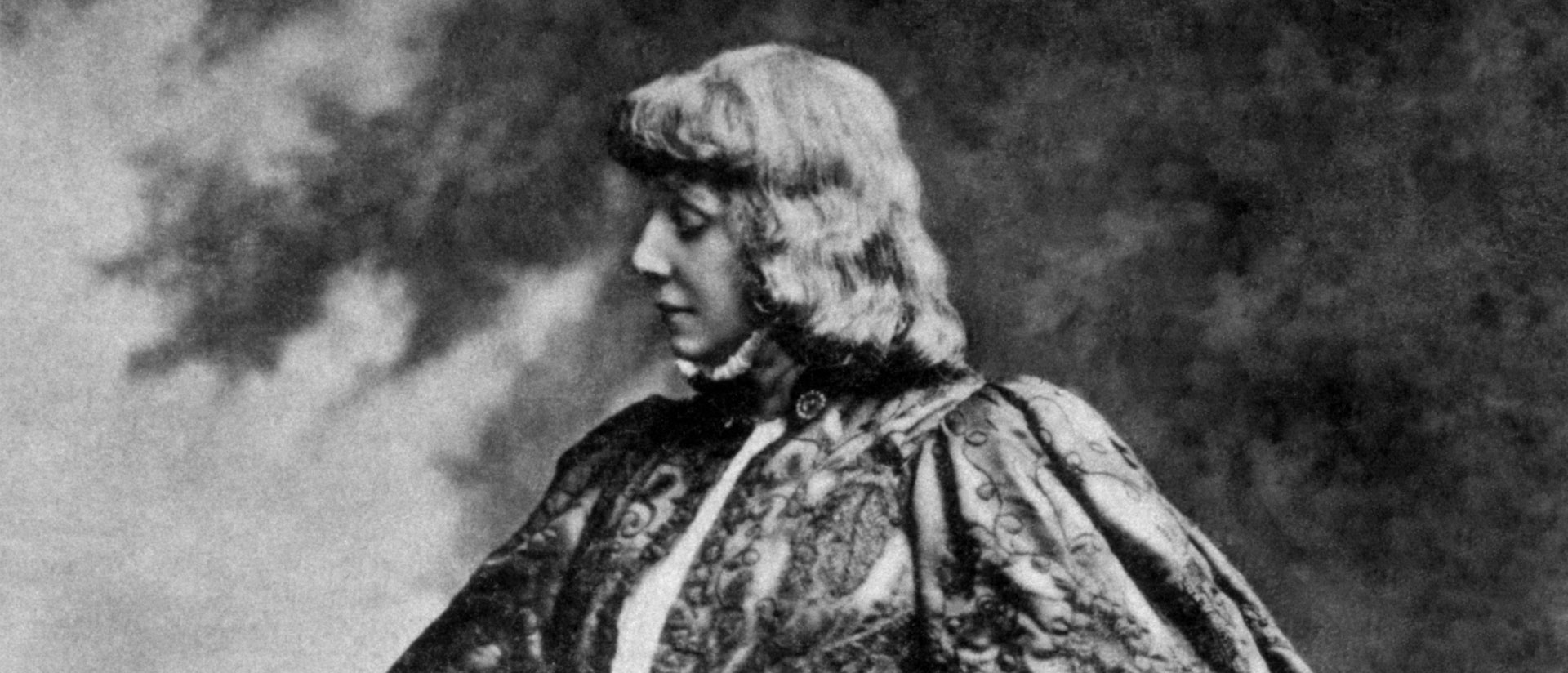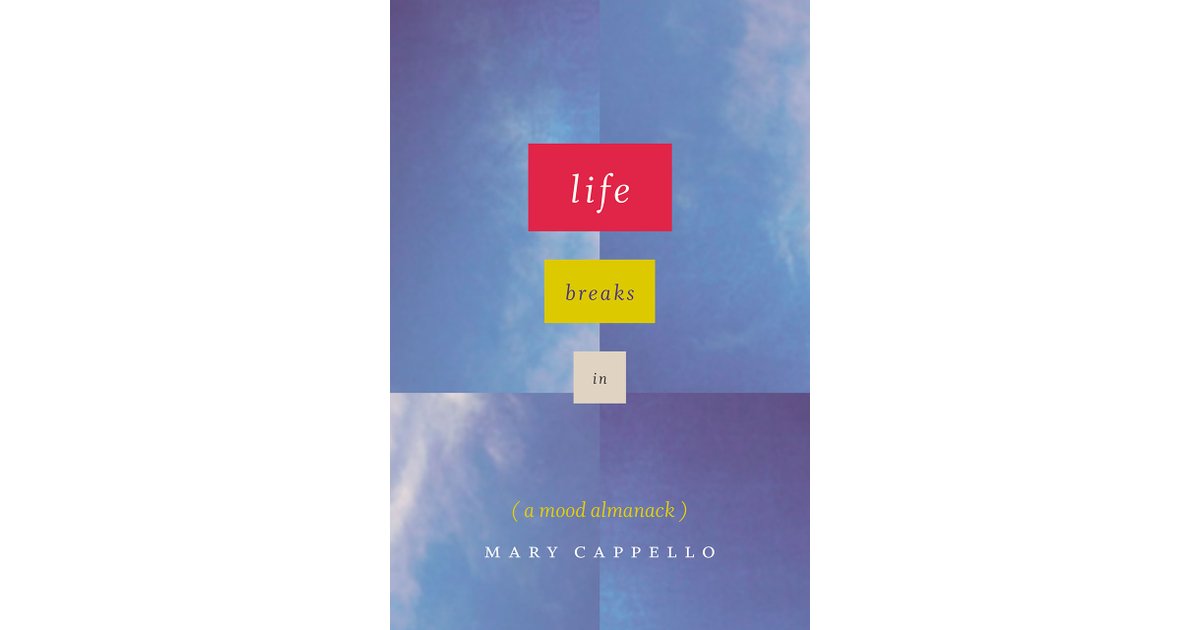
Life Breaks In: A Mood Almanack
By Mary Cappello
University of Chicago Press
October 2016, 408 pages
A review by David Lazar
“I’m in the Mood for Love” is a song with lyrics by one of my favorite lyricists, Dorothy Fields, a writer who would fit well in the gallery of mood-inducers Mary Cappello explores in Life Breaks In, her fifth book, just published by the University of Chicago Press. In the song, the lovers are enveloped in a state, with “a cloud above,” not in love, but in the mood for it, an antechamber, a separate state, something different from certain feelings. As Cappello writes, “Feelings are things that our language says we ‘have’; moods are things we are in, and they lack a verb form: we never say we’re ‘mooding.’” Dorothy Fields, of whom we know little, despite her impressive canon of lyrics (“The Way You Look Tonight,” “Moody’s Mood,” “On the Sunny Side of the Street”) never married and kept her privacy rather fiercely. As with some of the figures Cappello explores—Florence Thomas, who designed Viewmaster dioramas; Margaret Wise Brown, the author of Goodnight, Moon and the Noisy Book series; Charles Hubbard and G.W. Hinckley, co-creators of the magical spaces in the L.C. Bates Museum—Cappello, too, is able to create soundscapes that both represent and create mood.
But what is a mood, exactly? Strike that last word, actually, because mood, according to Cappello is the antagonist of the exact: “If I could sum up the aesthetic challenge of this book,” she tells us, “it would be this: not to chase mood, track it, or pin it down: neither to explain nor define mood—but to notice it—often enough, to listen for it—and do something like it, without killing it in the process.” In other words, Cappello, who in her other books, Awkward, for example, and Swallow, has made a habit of calling our attention to states of being that are too often unremarked—she may be the most phenomenological of contemporary nonfiction writers—brings us to attention. The ars poetica of Cappello’s work is a constant search for an expanded ontological vocabulary. She tells us, “I’ve come to believe that language will supply not just the answers but the questions we have yet to pose so long as we care to study it, trouble it, work with it and let it do its work, and play, in turn.”
And formally, Life Breaks In is full of play; it is, as the subtitle suggests, an almanack of erudite and autobiographically playful dances around the possibilities of what mood might be. If the proverbial mansion has many rooms, so does Cappello’s book: sometimes biographical, at times dazzlingly in etymological and verbal rondes, veering from forays into philosophy, theory, literary and art criticism, into aphoristically poetic sections of speculation, fragments of autobiography, puns (Cappello is both amusing and self-effacing, despite the high-wire choreography of combining source material and speculation, lyrical riffs and serious scholarship). She tells us that she likes writing that “resists its reader; I’m suspicious of the easy invitation that bows to protocol, or the stuff that chatters recognizably,” but the only thing recognizable in this admixture is Cappello’s honed ability to switch gears, to educate us as she follows her curiosity in prose that honors the sentence, whether it’s formal, lyrical, or both:
Eclipsing, overlapping, moods and clouds are layered transparencies, not just one mystic writing pad à la Freud, but many sheets of shapes divined, only readable from the side: viewed sagitally, we glimpse a hint of color where light leaks in, orange, now lavender, now gold.
As our guide to the realm of mood, “a baseline state of being that moves persistently and with radiant evanescence,” Cappello returns throughout Life Breaks In to three metaphors, or motifs: clouds, rooms, and songs or sound. Her associations are idiosyncratic: Joni Mitchell, Charles Burchfield, Viewmaster, for example. But this has the effect of setting loose our own associations—as mine was at the beginning of this review. Yes, of course, “Both Sides Now,” but then there’s also “Cloudy,” or “Moon River.” Cappello is a cultural gourmand, in the best sense, and analyses about this escapable subject become dialogic in this way—triggering our own associations, cultural and autobiographical. I was particularly taken by her discussion of Florence Thomas, whose painstaking construction of magical sets for Viewmaster lead to some of the most centrally poised writing on mood in Life Breaks In, when Cappello connects to our solitary experiences—for those of us of a certain age—of being alone, and she notes, most importantly, quiet, with those small rooms held up to the light:
Moods, in this light, are the things we turn to in order to express what cannot narrate and have no words for. Ineluctably private, moods in a sense manifest some persistent remnant of experiences that exceeded our capacity for representation or symbolization.
But of course it is in making the private public that Cappello performs the difficult duty of the writer, almost but not completely impossible in this case: trying to catch those will-of-the-wisp states of being we all so casually and unthinkingly refer to. She understands that she needs to capture it without killing it, and she does.
Finally, two things. First, Cappello is a Barthesian, and one of her strategies in Life Breaks In is the use of photographs, joined by captions, frequently matched to cause friction, tension, active viewing by the reader. In these and many other instances in the book, she is a student of life’s puncta, or wounds as Barthes conceived them in Camera Lucida. They are personal, individual, and only Cappello can see them in the corners of rooms or photographs, but she allows us to understand how seeing them as she does creates meaning for her: the crossed legs of a boy, like a woman, on a medallion, the inherent sadness of a kitsch porcelain figure of a girl.
Second, Life Breaks In is most powerfully, along with its many other formal modes, an epistle. It’s a missive to the moods of joy inherent in domesticity that the writer shares with her partner, Jean, who shows up in cameo, on the stairs, or in the other room, in asides, and in passing, yet who clearly affects and helps create the atmosphere of her life.
The missive that, in Lacan’s sense, is most clearly delivered, as gratitude and dedication, is to Cappello’s mother, Rosemary. If our hearts and minds are the chambers in which mood inheres, and in which Cappello took refuge from an early age, her mother was the song of liberation that seemed to take and still takes her to that most evanescent liminal place, where perhaps a song, in her voice, is heard from an open window.
Life Breaks In is a book of many moods, certainly. It is also a tour de grace of scholarship, formal invention, and the discovery of hidden corners of emotional articulation: cloud rooms. □
David Lazar is Professor of Creative Writing at Columbia College Chicago. This review of alumna Mary Cappello‘s book was published in The Berlin Journal 30, Fall 2016, pp. 93-94.


